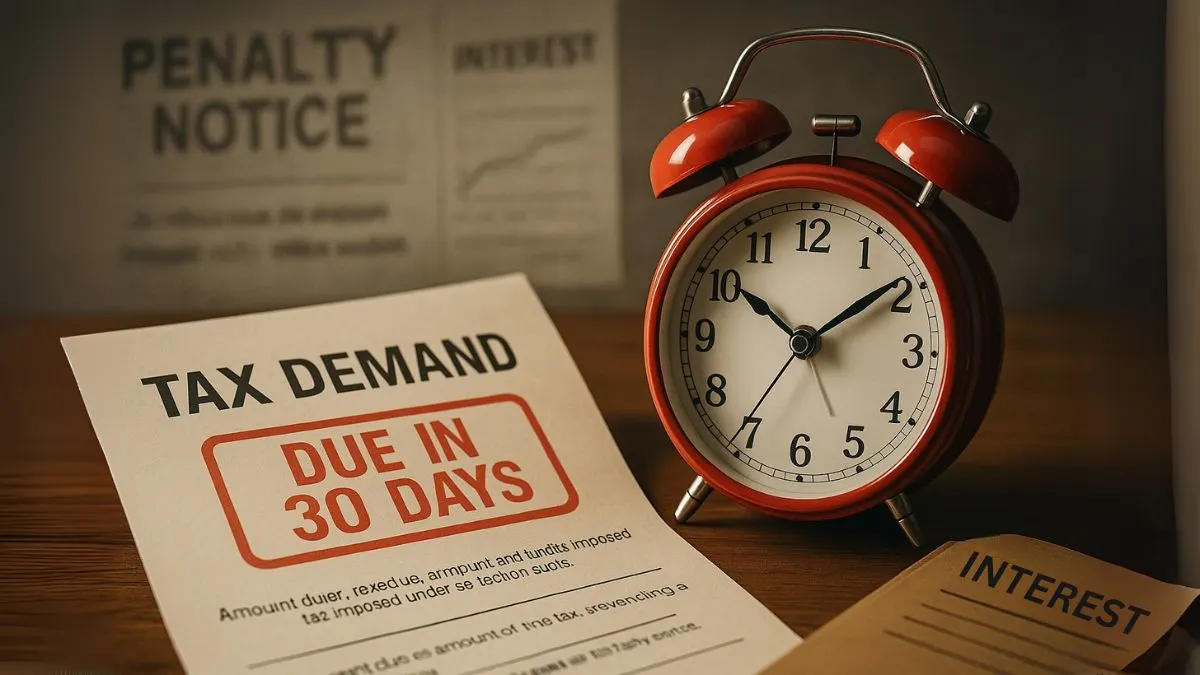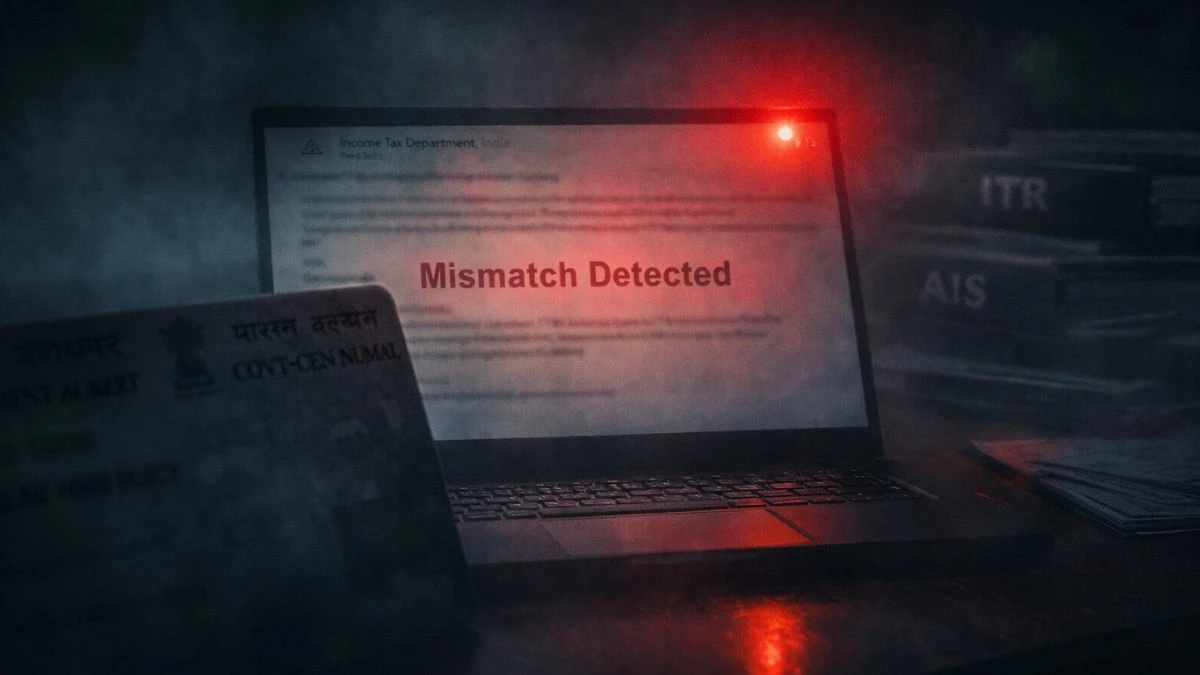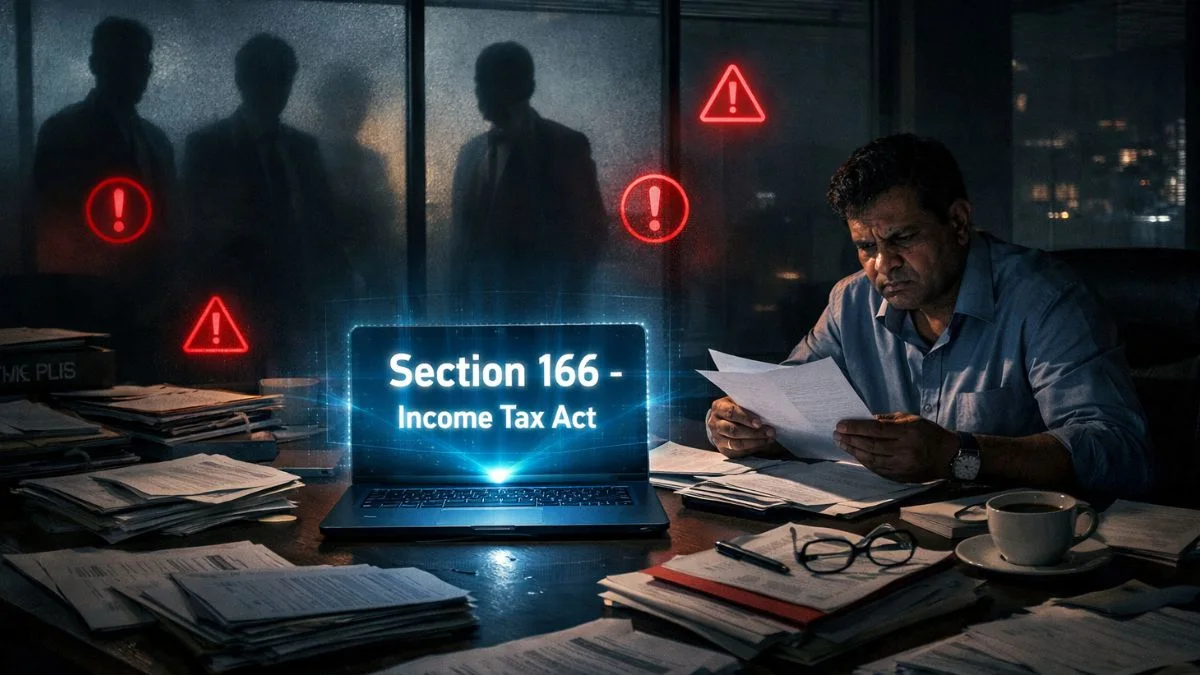
When it comes to tax compliance, one section that often lands taxpayers in trouble is Section 220 of the Income Tax Act. Whether you're an individual or a company, understanding this provision is crucial, especially if you've received a demand notice from the income tax department. Let’s dive into what this section means, how it applies, and what you can do to avoid falling on the wrong side of it.
What is Section 220 of the Income Tax Act?
Section 220 of the Income Tax Act deals with the time limit to pay tax after a notice of demand is served. When the Assessing Officer issues a notice under section 156 of the Act, the taxpayer is expected to pay the demanded amount within 30 days. Failure to do so makes the assessee deemed in default.
In simpler words, if the tax amount mentioned in the demand notice is not paid within the allowed time, you can face penalties and interest, plus your case may proceed to recovery actions."
Section 220(1): The Initial Window to Pay
Under Section 220(1) of the Income Tax Act, the department gives you a fair chance—30 days from the date of service of the demand notice—to make your payment. But if the Assessing Officer believes there’s a risk of non-payment, this period can be reduced even further.
This means section 220(1) income tax gives the officer the power to fast-track recovery if they feel you're trying to avoid tax.
Section 220(2) of the Income Tax Act: Interest on Delayed Payments
Here’s where it gets costlier.
If the taxpayer fails to pay within the specified time, then, as per section 220(2) of the Income Tax Act, they are liable to pay interest at the rate of 1% per month or part of a month. This interest is calculated from the day after the expiry of 30 days, until the actual payment is made.
This interest under section 220(2) of the Income Tax Act 1961 can significantly increase the amount you owe, especially if you delay for many months or years.
Example of Section 220(2):
Let’s say a demand notice was issued for ₹1,00,000 on 1st April. The taxpayer didn’t pay by 1st May (30-day deadline). They finally paid on 1st August. That’s 3 3-month delays.
Interest = ₹1,00,000 × 1% × 3 = ₹3,000.
The total payable becomes ₹1,03,000.
This is how income tax demand under section 220(2) keeps growing quietly the longer you wait.
Section 220 of the Income Tax Act 1961 & Enforcement Powers
Section 220 not only outlines your payment responsibilities but also empowers the department to enforce compliance. If a taxpayer fails to pay the amount specified in any demand notice, the tax authorities may initiate recovery proceedings, including attaching your bank accounts or even their assets.
According to the Act, the Minister shall administer and enforce this Act. This shows how seriously tax defaulters are dealt with under Indian law."
Conclusion
Section 220 of the Income Tax Act isn’t something you can afford to ignore. Whether you’re dealing with section 220(1) income tax, interest under section 220(2), or want to understand section 220(2) of the Income Tax Act 1961, this provision affects any taxpayer receiving a demand under section 156. Stay updated, act on notices promptly & avoid unnecessary interest or penalties.
Need help decoding your demand notice or calculating interest under Section 220(2)? Don’t worry—Callmyca.com makes tax notices simple. Chat with expert CAs who break down your income tax issues in plain language & even help you respond on time.











